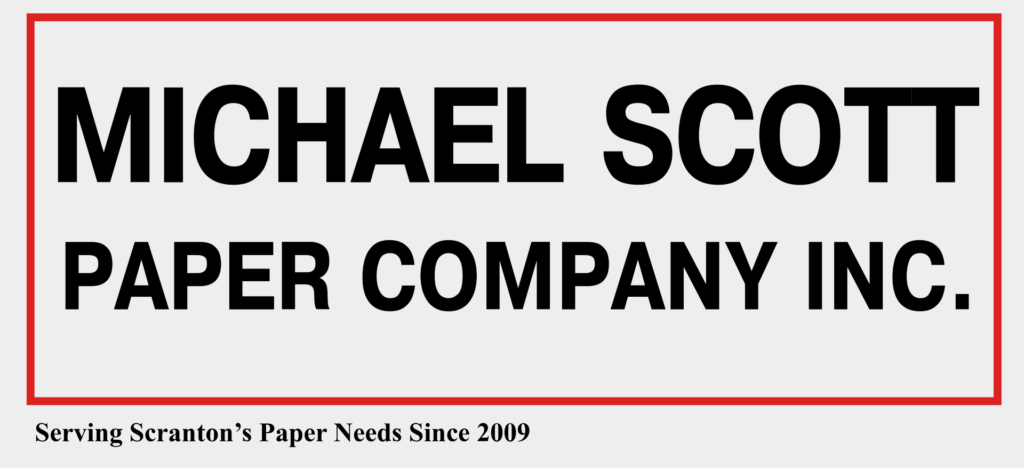Michael Scott has just started a business. He had 2 other employees and very little revenue. With cash reserves dwindling, pressure mounting, and bankruptcy looming, the founder of Michael Scott Paper Company had to do something.
Michael knew the industry, had the technical knowledge but he didn’t have clients. What was his resolution? To go back to what he knew, more specifically, who he knew. Rather than cold call or approach strangers, he began calling clients and people that he already had relationships with! Michael was able to land on his feet by delving deeper into the existing value-adding relationships he already had (even though technically the relationship was with his prior employer, Dunder-Mifflin… which is another key point for a future post.). He not only weathered the startup storm but sold the business back to Dunder Mifflin and took his prior role!
He asked questions like:
“How do I grow my business?”
“How do I get new clients?”
“How do I keep work coming?”
Oftentimes, these are questions that independent Salesforce consultants consider themselves or pay outside sales and marketing consultants to help answer these questions, to keep their business afloat. While the acquisition of clients is necessary at some stage in the business lifecycle, this article is going to provide you with three reasons why you might want to consider what we call the “Landing for the Long Term” versus a new client acquisition strategy.

Landing for the Long Term
The ‘Landing for the Long Term Strategy’ is an approach that encourages the idea that even when you enter a project with a small set of deliverables and a planned short timeframe you still have:
- A long-term goal to stay connected with the project.
- A commitment to create value that lasts beyond the current project.
- A lasting and recognizable fingerprint on the project with your investment.
This strategy enables you to go through the project and deliver with such excellence that you make allies who can’t imagine a world where you’re not around in the short or long term.
While the strategy itself is explicated more in our course, there are 3 reasons why this strategy may be more beneficial than a new client acquisition strategy:
Seven Times Savings
NG Data highlights that customer retention typically happens more quickly and generally costs up to seven times less than acquiring new customers. Digging deeper into existing relationships is easier than crafting new ones. Plus, your current customers already know the great work you do! You don’t have to convince them of the value you provide. The article says, “Selling to customers with whom you already have a relationship is often a more effective way of growing revenue because companies don’t need to attract, educate, and convert new ones.”
Maximizing the Value of 5%
In this article, Invesp shows that increasing customer retention rates by a mere 5% can increase profits by 25% to 95%. According to the article, “Existing customers are 50% more likely to try new products and spend 31% more, when compared to new customers.”
The Success Metric is People, Not Just Profits
According to Hüify, “Stepping aside from concerns of pure profitability, customer retention is one of the best ways to measure how reliably your company is providing its service. Put simply, companies with high retention rates are knocking it out of the park, and doing such good work their customers realize they would be worse off without them.” The probability of turning an existing customer into a repeat buyer ranges from 60 to 70%, whereas the probability for converting a new lead is between 5 and 20%.
Using the ‘Landing for the Long Term strategy’ enables you to think about Customer Retention strategies rather than Customer Acquisition strategies.
Additional Resources:
- https://www.serviceinstitute.com/service-excellence/7-ways-to-delight-and-retain-your-customers/
- https://www.salesforce.com/ap/resources/articles/customer-retention-rate/
Photo Credit: “The Office”, Copyright NBCUniversal LLC. No affiliation is implied.


